|
During the war many items of equipment were manufactured for the general population to purchase. These Broadsight Googles are claimed to be useful when fighting incendiary fires as they will dim the burning part of the incendiary.
Photo form Caring on the Home Front.
0 Comments
The Zuckerman helmet was a high domed, mild steel helmet that civilians could purchase and that was also allocated to fire watchers and fire guards. The design allowed the helmet was to withstand debris hits by denting and thus protecting the wearer.
As the below document from the Ministry of Home Security shows, there was a front to the helmet. However, many photographs from the war show people wearing the helmet back-to-front. Probably not much of an issue if the helmet saved your life either way round. This is a fantastic portrait of Miss Rushton from Lewisham, She is a Red Cross volunteer at London Bridge ARP shelter.
She appears to be wearing a man's battledress (it looks very large on her frame) and trousers. Her BD features an area making to left breast pocket with another smaller badge on the pocket flap (probably a red cross badge). She wears the ARP badge in her right breast pocket. The lanyard will be white as this is the colour worn in London. Her helmet probably features the letters MU for Mobile Unit as pictures that appear with this photo show other nurses belonging to a mobile first aid post wearing helmets with these letters. The helmet also has a battery powered helmet lamp - an item of equipment rarely seen worn in WW2 photos. The battery pack in fixed on her waist. The photograph shows the ARP recruitment and information office in Westminster, London. The poster in the left hand window is shown in larger size.
The plethora of propaganda posters that appeared during the second world war can be seen in some of the original photographs and home movies made. Some Wardens' Posts were literally plastered with several posters. This Fire Guard recruiting poster from the Ministry of Home Security conveys the dangers being faced by German incendiary devices - or 'Firebomb Fritz".
As the Fire Guard was reorganised throughout the war, many people found they had to partake in long, boring evenings when nothing happened. However, their presence and ability to deal with fires and call in the fire brigade would save many buildings. |
Please support this website's running costs and keep it advert free
Categories
All
Archives
June 2024
|
|
|
Copyright © 2018–2024
|
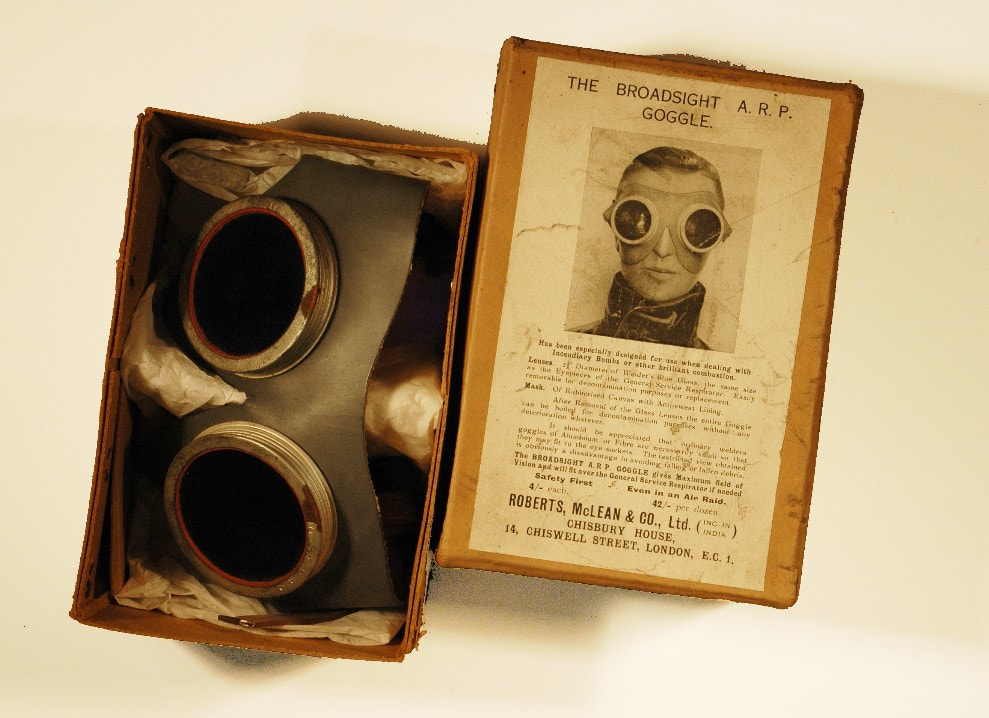
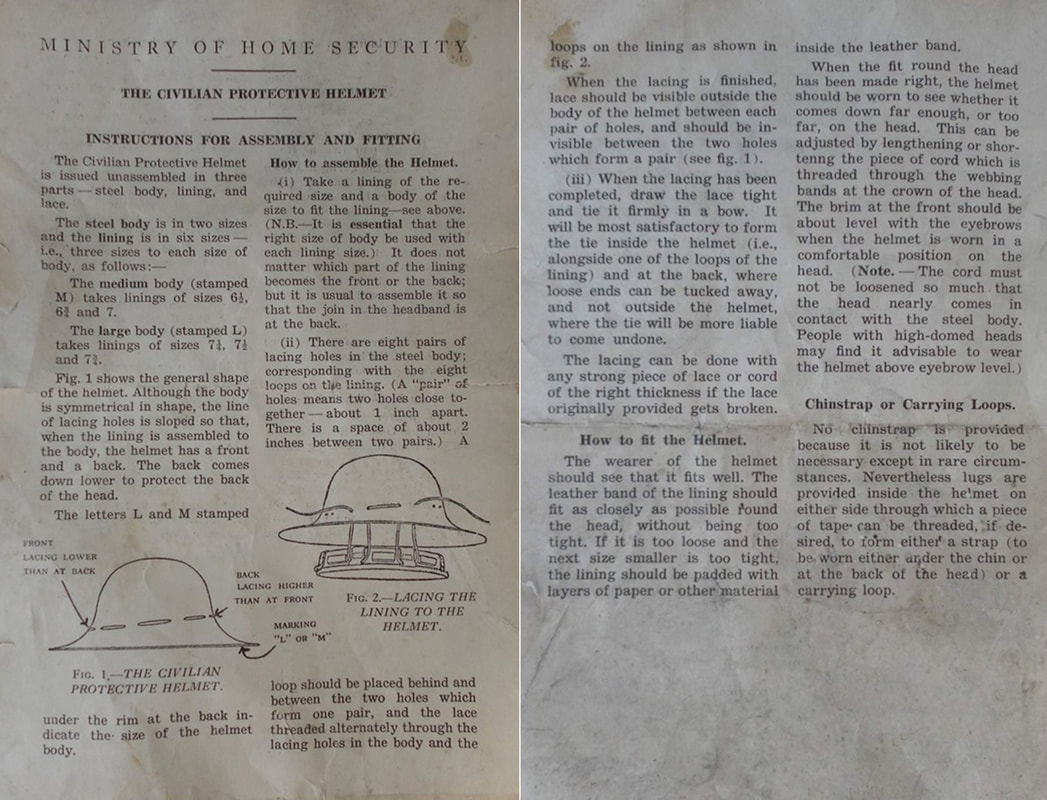
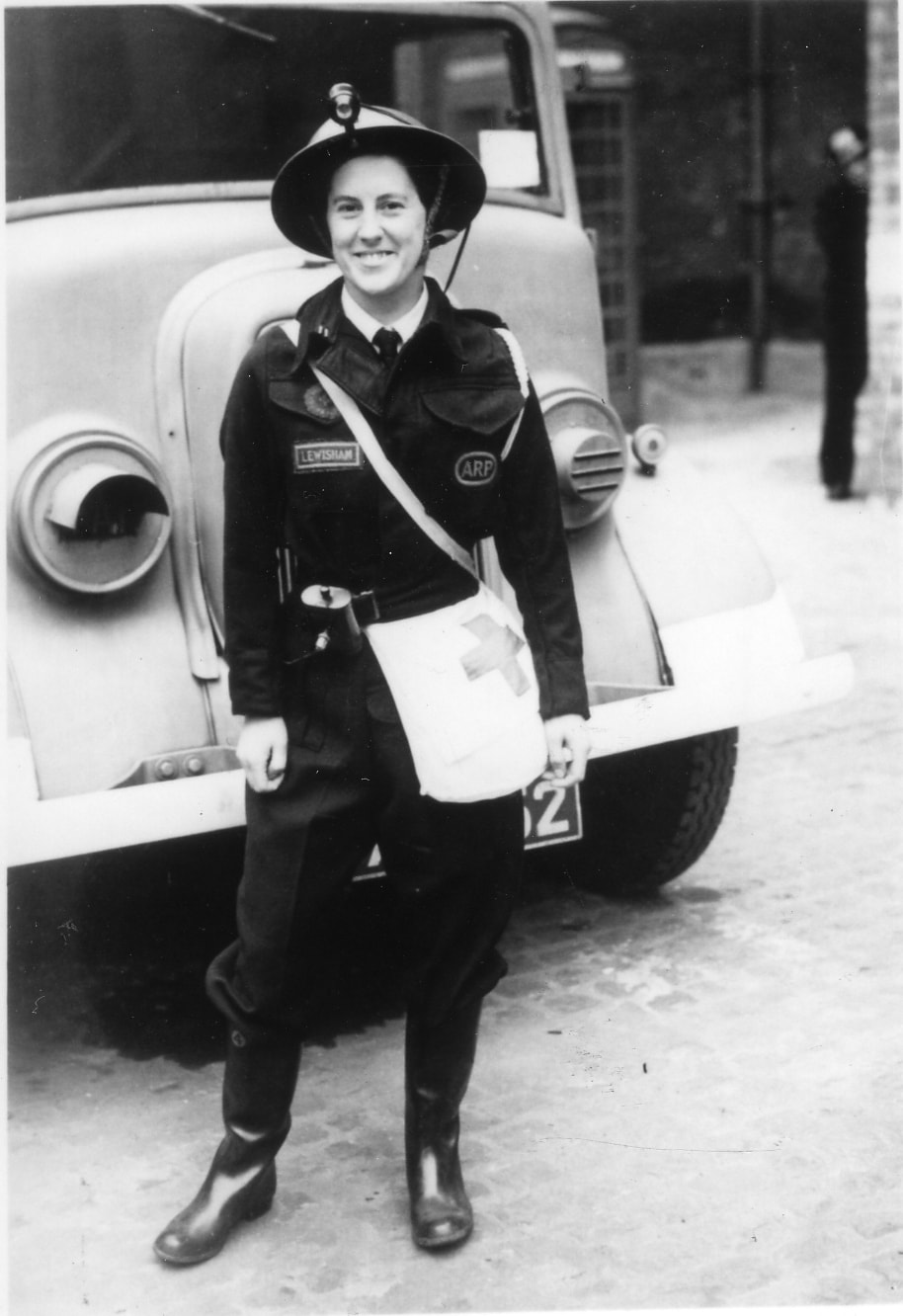
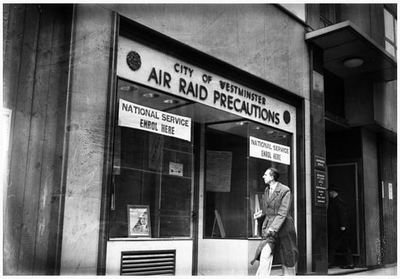
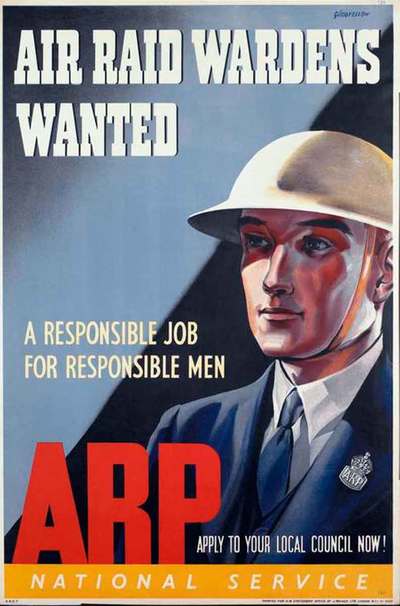
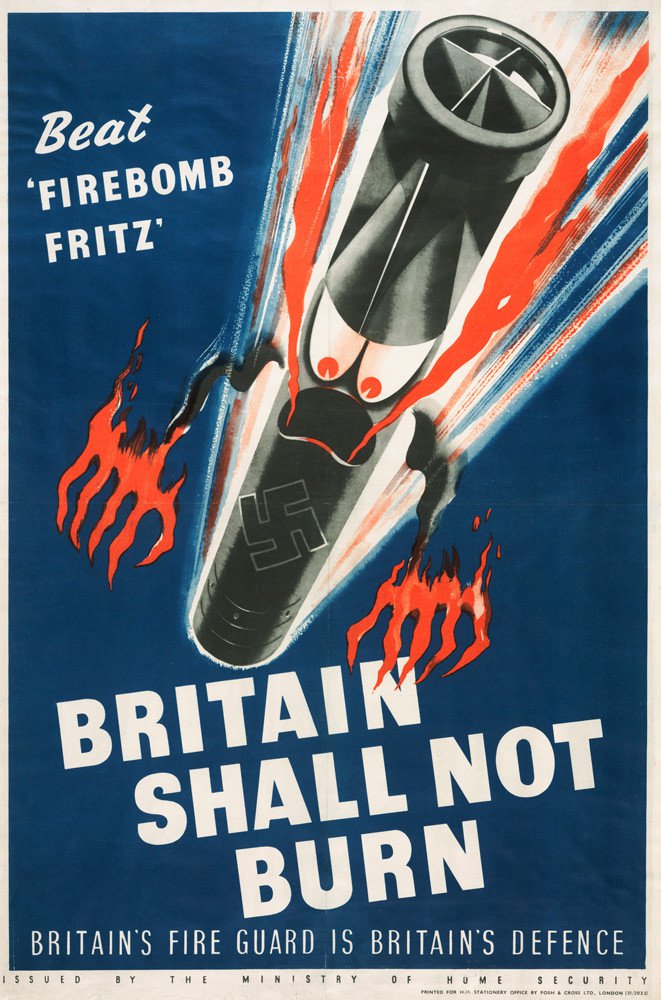
 RSS Feed
RSS Feed